Preparing for a disaster is not really the first thing on anyone’s mind. It looks different to different people. Since it isn’t one body or one mind throughout the Indian population. To be clearer, measures taken during a disaster for say as evacuation, damage control and more, need to consider not only physically able people but also the disabled people, since they need all the more assistance and well-placed infrastructure and protocols for the same for a smooth process overall. In light of this, the article gives an overview of evaluating India’s Earthquake Preparedness for people with Disability.
Read More: NIMHANS Workshop on Psychosocial care of the older people during disasters
Disaster Training and Psychological Preparedness for Mothers and Children with disability
This portion specifically talks about others with disability and the earthquake preparedness evaluation for them. With respect to the resources required for this preparedness as well as infrastructure, it was found that ‘specifically, children with physical disabilities and their families are reported to be three times more likely to face difficulties in obtaining medical assistance during and immediately after a disaster’.
This, especially in the context of the rural and even urban parts of India, means people with disability, especially mothers and children, might take double the time and effort to be able to access the same resources as someone who is perfectly able. Issues like increased stress to take care of the children as well as oneself in a panic situation like a natural disaster can be tough. Research and campaigns are launched to increase this awareness, which will be mentioned in the latter part of the article. (Adıyaman, A., Can, V., & Sarman, A. 2025).
Read More: How to take care of children with disabilities?
Vulnerability of disabled people and management
This is based on the recent research that was conducted in terms of evaluating the degree and the feelings of displacement with reference to earthquake preparedness. When applied to the Indian context, it is known that the level of difficulty is associated with moving from one city to another, as well as adjusting to different environments and cultures. Especially a shift from urban to rural or vice versa. It was found that the disabled people were more affected and more vulnerable to the displacement caused by earthquake preparedness planning and even post-disasters that have taken place in past incidents, like the floods.
Adding a psychological lens to it, additionally, people with cognitive disabilities reported significantly higher levels of mental distress than their non-disabled counterparts. This means a shift in infrastructure from the original to a new household, which can be stressful when one is accustomed to a certain kind of accessibility made for their disability. (Morales D. X. 2025).
Read More: Different Types of Disabilities
Information access and early warnings
Earthquake preparedness designs and information, along with accessibility to the same, are crucial in terms of early warning signs for preparedness. Especially in the case of disabled people, they must get all the information and guidance needed, considering the limitations that are separate from those of others in times like these. It also raises questions as to how efficient the country is in terms of this issue when applied to the Indian context and politics involved in the same (Cooper, A. C., 2024).
This also means proper educational and evacuational training, as well as caregiver awareness in times like these. A research by Doll, V, Vij and S warner talks about how applying Amartya Sen’s capability approach, ‘this study investigates if and how PWDs are included in DRR policymaking, implementation, and response activities in Assam, India.’ Based on policy document analysis and semi-structured interviews, it finds a divide in addressing disability inclusion at different policymaking levels.
Read More: Measuring the Pulse: Evaluating India’s Mental Health Infrastructure and Policy Implementation
Policy in India and conclusion
To conclude, by giving a policy example, Disability-Inclusive Disaster Risk Reduction (DiDRR) Guidelines were released in September 2019, with a subsequent national conference held in February 2020 to mainly discuss the implementation. There have been emerging programmes and initiatives for disaster management, such as fostering disabled persons during such times to make the infrastructure as well as resources.m.Despite having guidelines and building codes, the implementation remains inadequate. The chair emphasised the contribution of PwD that could help to build back better, provided we have trust in them (DIDRR, 2020).
FAQs
1. How does this affect mothers with disabilities?
In the context of the rural and even urban parts of India means people with disability, especially mothers and children, might take double the time and effort to be able to access the same resources as someone who is perfectly able. Issues like increased stress to take care of the children as well as oneself in a panic situation like a natural disaster can be tough. Researchers and organisations launch campaigns to raise this awareness, which will be discussed later in the article. (Adıyaman, A., Can, V., & Sarman, A. 2025).
2. How is access and displacement a problem for them?
It was found that the disabled people were more affected and more vulnerable to the displacement caused by disaster preparedness planning and even post-disaster disasters that have taken place in past incidents, like the floods. Adding a psychological lens to it, additionally, people with cognitive disabilities reported significantly higher levels of mental distress than their non-disabled counterparts. This involves shifting from the original to a new household, which can be stressful for someone accustomed to specific accessibility arrangements for their disability. (Morales D. X. 2025).
3. How is policy handling the preparedness schedule?
There have been emerging programmes and initiatives for disaster management, such as fostering disabled persons during such times to make the infrastructure as well as resources.m.Despite having guidelines and building codes, the implementation remains inadequate. The chair emphasised the contribution of PwD that could help to build back better, provided we have trust in them.
References +
Adıyaman, A., Can, V., & Sarman, A. (2025). The impact of earthquake preparedness training on mothers with physically disabled children: a randomised controlled study. Scientific Reports, 15(1). https://doi.org/10.1038/s41598-025-94426-y
Morales D. X. (2025). Natural disaster vulnerability among people with disabilities: Insights from the 2024 Household Pulse Survey. Disability and health journal, 18(2), 101763. https://doi.org/10.1016/j.dhjo.2024.101763
Cooper, A. C., Cooke, M. L., Takayama, K., Sumy, D. F., & McBride, S. (2024). From alert to action: earthquake early warning and deaf communities. Natural Hazards, 120(14), 13573–13594. https://doi.org/10.1007/s11069-024-06719-6
Doll, V., Vij, S., & Warner, J. (2025). How inclusive is disaster risk reduction? Perceptions and predicaments of persons with disabilities during a disaster in Assam, India. Disasters, 49(4), e12693. https://doi.org/10.1111/disa.12693
National Conference on Disability-Inclusive Disaster Risk Reduction (DIDRR): Pathways for Inclusion and Action for Resilience. (2020). In M. K. Bindal & C. Bandyopadhyay (Eds.), Proceedings (2020th ed.). https://nidm.gov.in/PDF/pubs/05Feb2020DiDRR_Report.pdf?utm_source=chatgpt.com

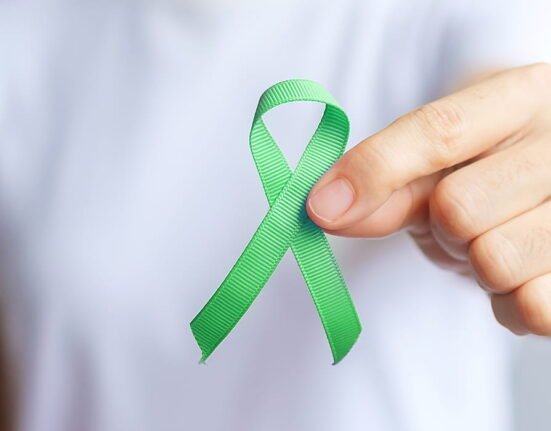



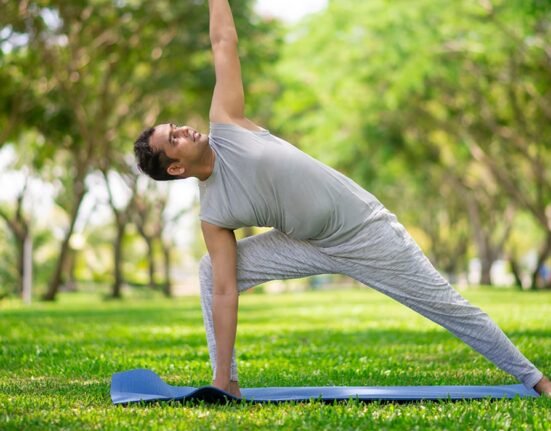

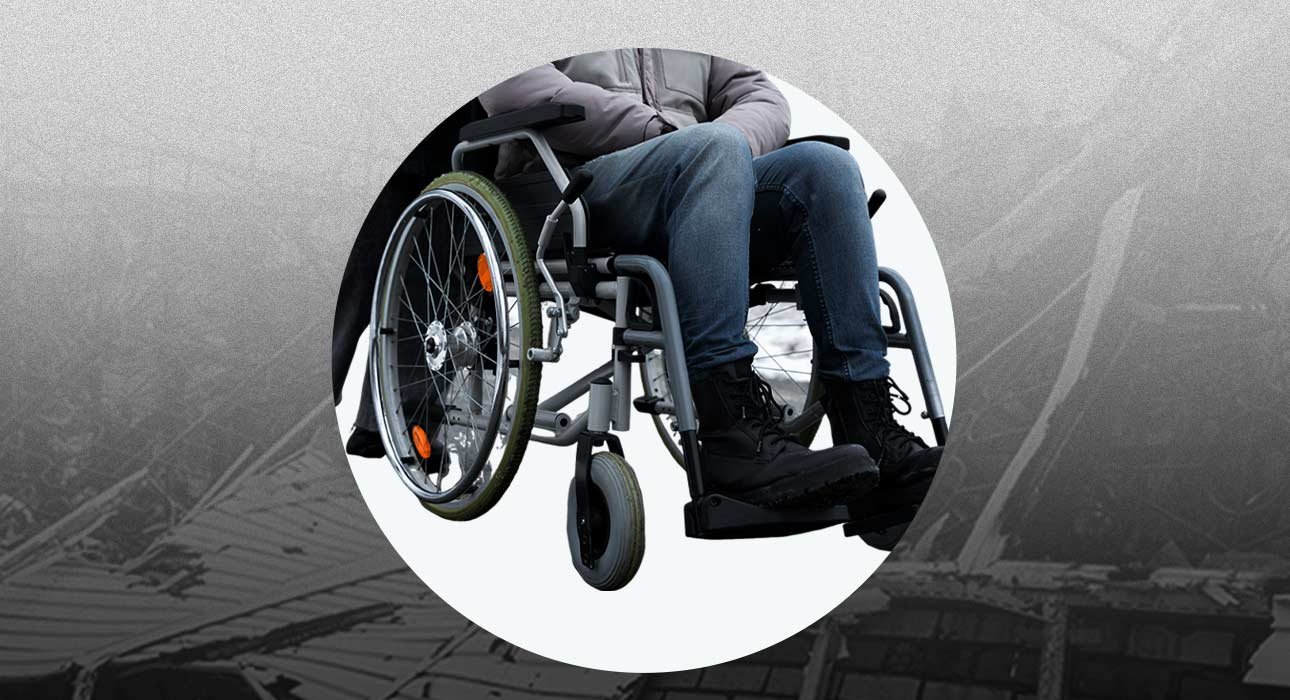
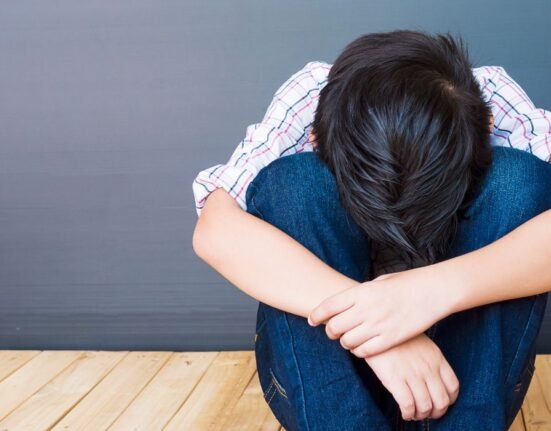
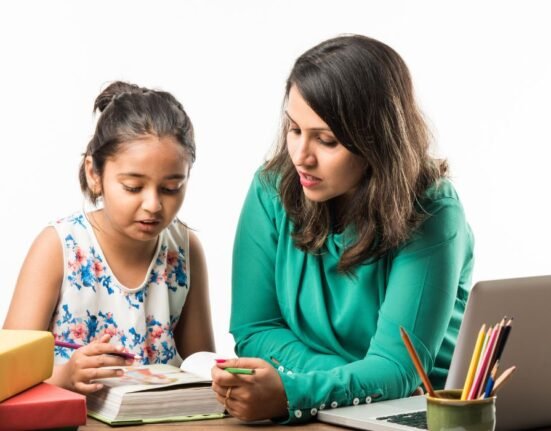



Leave feedback about this